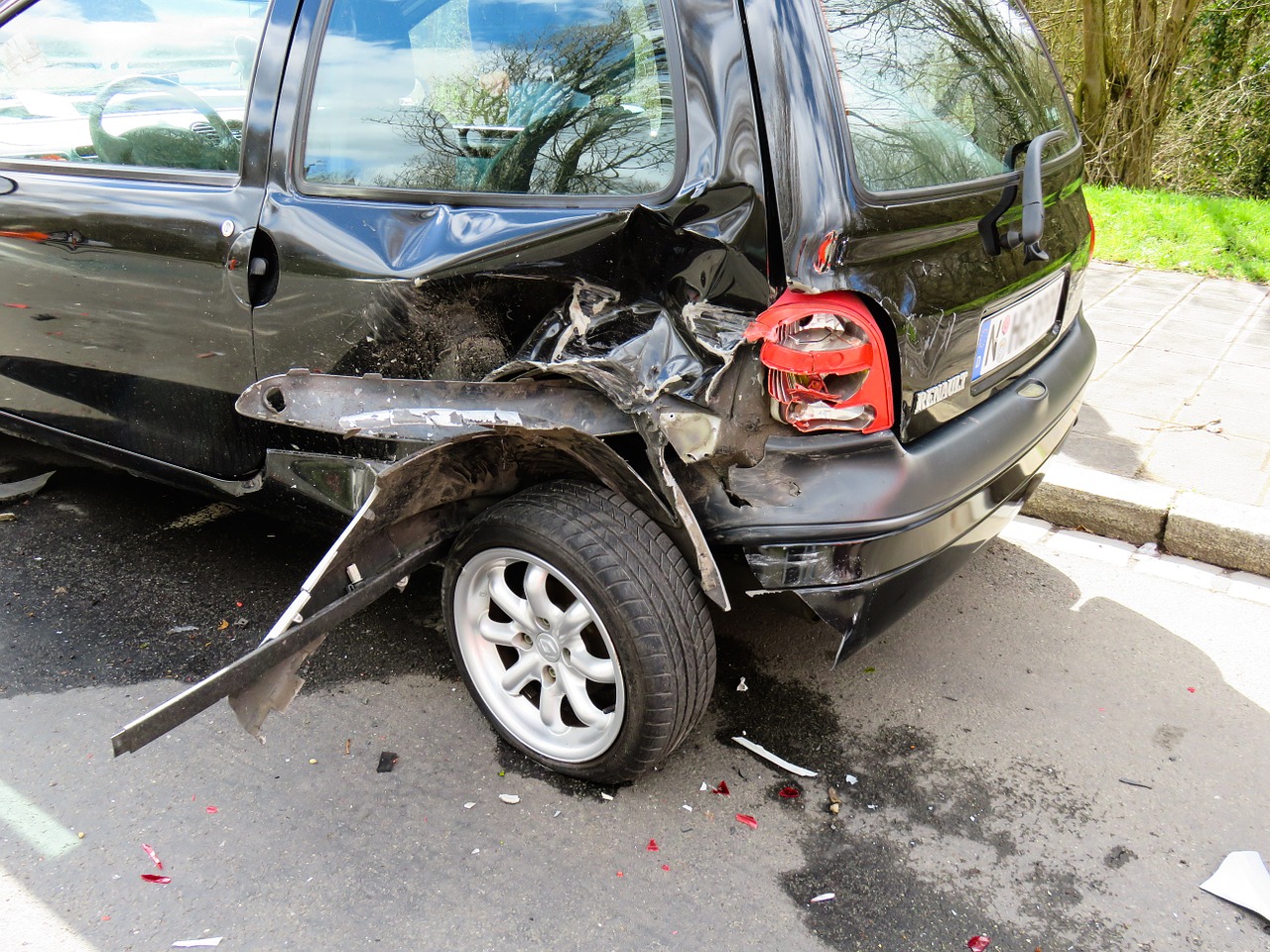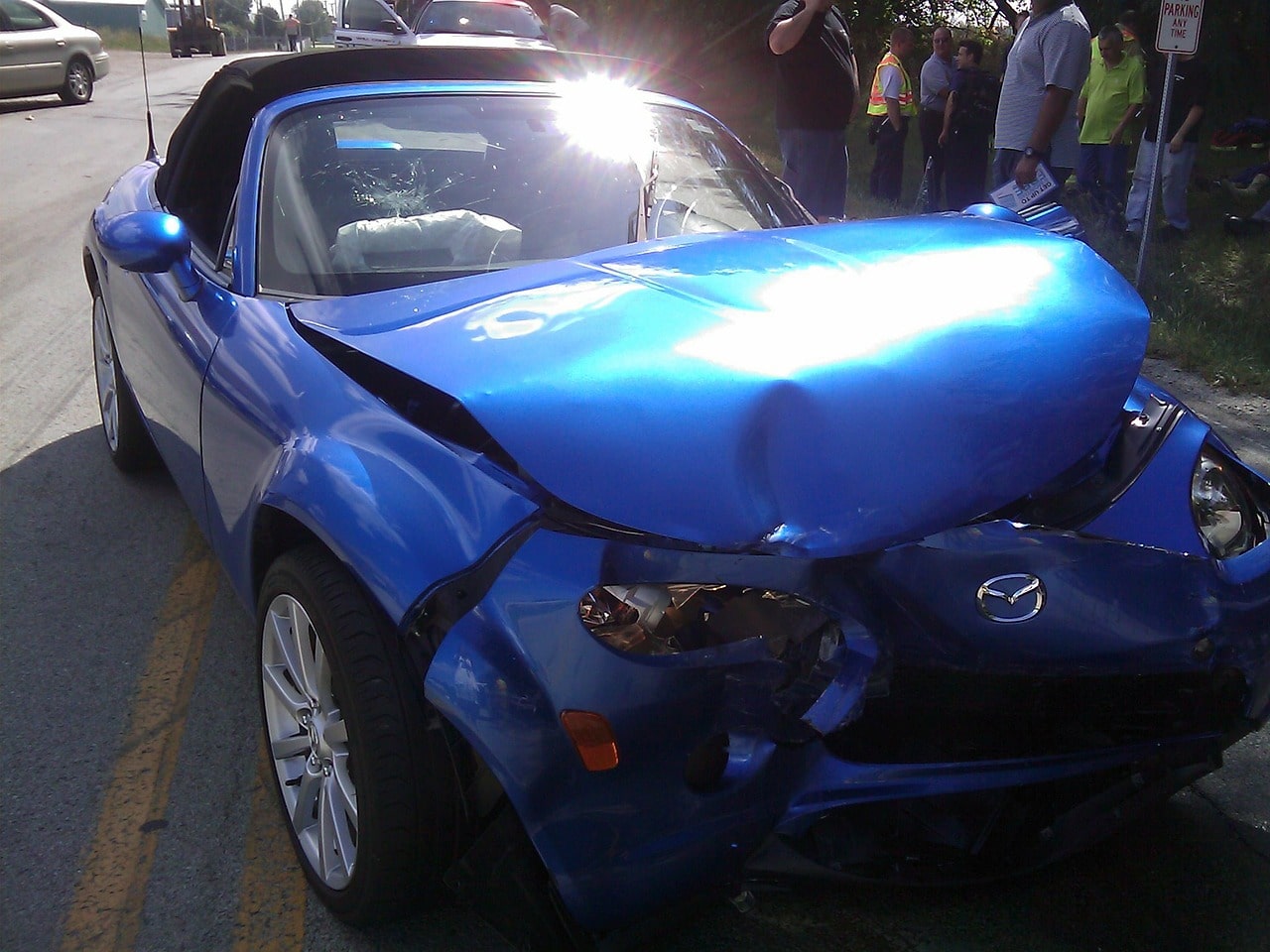In 2017 alone, 37,133 people lost their lives to car accidents, according to Reuters, but very few people ask about the survivors. As a survivor of a road accident, you might have to go through a couple of issues before your life can get back to normalcy. From insurance claims to court cases, your life can be turned upside down as courts and insurance companies try to identify whose fault the accident was.
IMAGE: PEXELS
While pictures can help straighten the narrative concerning the accident, the sad truth is that most people are too overwhelmed by the event to take out their phones. In other cases, you might be too hurt to take a photo of the occurrence, but it could help in determining who takes the blame for the situation.
Here is why you should take photos of the accident scene and how to navigate through it.
The Pivotal Role Photos Play
Memory can be quite unreliable in the onset of a car accident, according to The Ultimate Guide for Drivers! DMV & More | DrivingGuide.com, and remembering key details such as the road signs within the area can be tough. It also becomes tougher for you if one of the uninjured parties in the accident manages to escape before you can exchange contact details. Photos will ensure that you provide enough evidence to the court and insurance companies concerning the crime scene.
Aspects such as the presence of certain road signs and the current weather patterns can all help to identify the cause of the accident. Additionally, taking details of the other parties’ vehicles will make it easier to track them down. It all trickles down to the nitty-gritty details in the pictures that you take.
What Photos Should You Take?
There is a fine line between taking car accident photos and actually taking pictures relevant to your situation. You need to capture as many relevant details as possible. Here are some details to capture.
Property Damage
Taking pictures of property damage will help identify any losses that occurred both to your side and the other party’s. Take pictures of both internal and external damage as well as the damage to other items such as road signs and roadways. The more diverse the photo angles are, the more the details that they can offer. Also, take pictures of skid marks as well as any debris resulting from the accident.
Photograph Witnesses
Anyone present during the accident might be a good witness for your case. Since you might not remember everyone who was present during the accident, take pictures of them. Include people such as police, and passengers as well. Not only can this be effective when filing an insurance claim, but your attorney will also be interested in contacting these witnesses.
Take Injury Photos
Take account of injuries as soon as possible. While some injuries such as bruises will take time to develop, it is wise to document them once they do.
Photos Of The Surrounding
While pictures of car damage are important, context is equally as vital in determining whose fault the accident was. Some elements in the surrounding could make your claims strong, even though they might seem trivial at first. For instance, pictures of a store that has CCTV surveillance can offer insights on where to get more evidence. Take as many photos of the surrounding as possible to collect all the intricate details.
What If You Are Too Injured?
The assumption in the above tips is that you were barely injured from the accident. But what if the injuries you got were severe? Seeking medical attention should be a priority. Ask someone you trust enough to take the photos for you. If this isn’t possible, you can always take the photos on a later date. However, taking immediate photos is preference.
Conclusion
Frustration will leave you confused during an accident, but it shouldn’t. As long as you are unhurt, taking the photos should be a priority once everyone involved in the accident has been rescued. Consider taking these photos to present compelling evidence.
If you are interested in even more lifestyle-related articles and information from us here at Bit Rebels then we have a lot to choose from.


COMMENTS